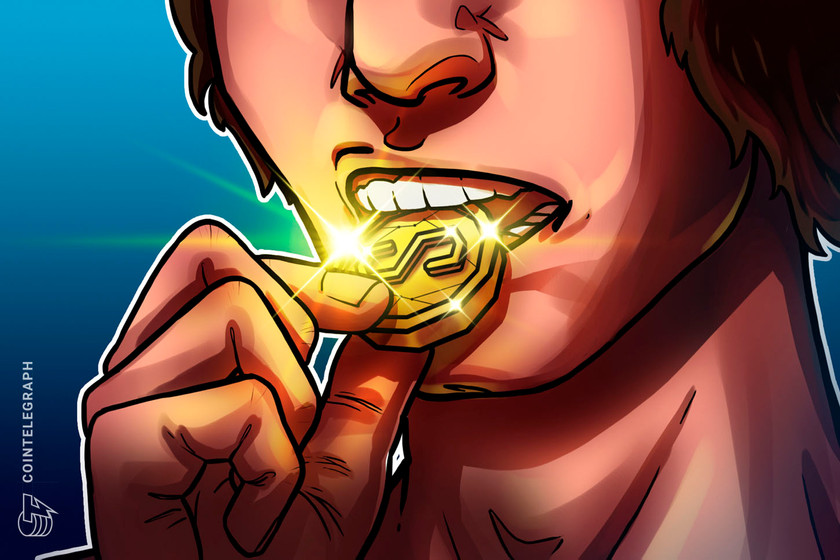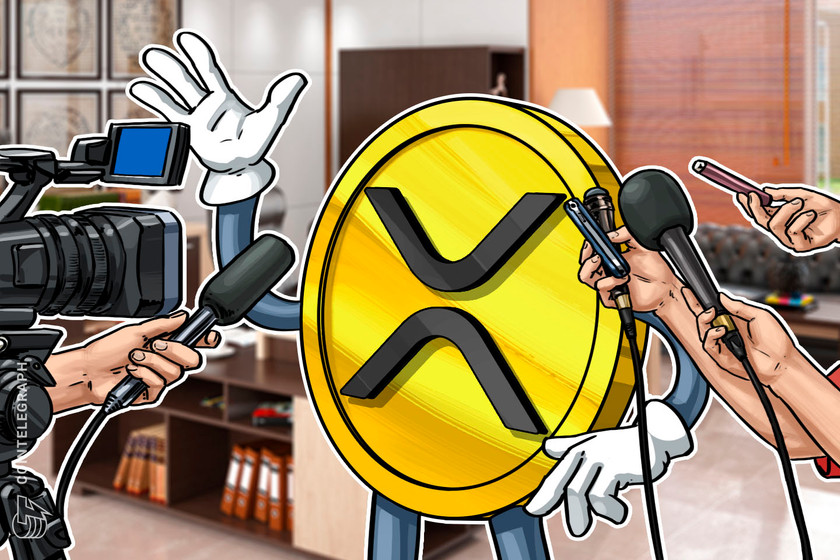CZ predicts ‘existential implications’ for anti-crypto traditional finance


While the reluctance of traditional players is a deterrent to crypto’s adoption in the short term, CZ argues that the decision might backfire over the next two decades.
As traditional institutions proactively reduce exposure to cryptocurrencies as a reaction to ecosystem collapses in 2022, Binance CEO Changpeng “CZ” Zhao believes this move could potentially have a negative impact on such traditional financial players.
The collapse of major crypto companies, such as FTX and Terraform Labs, reduced trust among investors and forced the traditional market to reevaluate their strategies for stepping into the crypto ecosystem. While the reluctance of traditional players stands as a deterrent to crypto’s adoption in the short term, CZ argues that the decision might backfire over the next two decades.
as they really hampered traditional financial players to adopt the technology, and will likely cause them to be further behind on the adoption curve, which may have existential implications for them in 10-20 years time. ♂️
— CZ Binance (@cz_binance) January 27, 2023
According to CZ, over the next 10-20 years, traditional financial players that choose to slow down on crypto adoption will be placed way behind the adoption curve, stating that:
“[The lack of crypto adoption] may have existential implications for [traditional financial players] in 10-20 years’ time.”
CZ, along with other crypto entrepreneurs, believe that the actions of actors like Sam Bankman-Fried set the industry back by a few years as he said, “Regulators rightfully will scrutinize this industry much, much harder, which is probably a good thing, to be honest.”
CZ’s long-term bet on the fate of crypto naysayers was supported by investors that have slowly started recovering from the traumas of 2022. The overall positive sentiment is supported by a slow but consistent bull run, which has brought back Bitcoin (BTC) prices from the $15,000 range to well above $23,000 at the time of writing.
Related: Binance Charity to provide over 30K Web3 scholarships in 2023
Amid growing accusations of insider trading, Binance informed Cointelegraph about a zero-tolerance policy. According to the spokesperson:
“Every employee is subject to a 90-day hold on any investments they make, and Binance’s leaders are mandated to report any trading activity on a quarterly basis.”
In 2018, Binance’s insider trading prevention policy included a 30-day period, which has now been extended to 90 days.


























